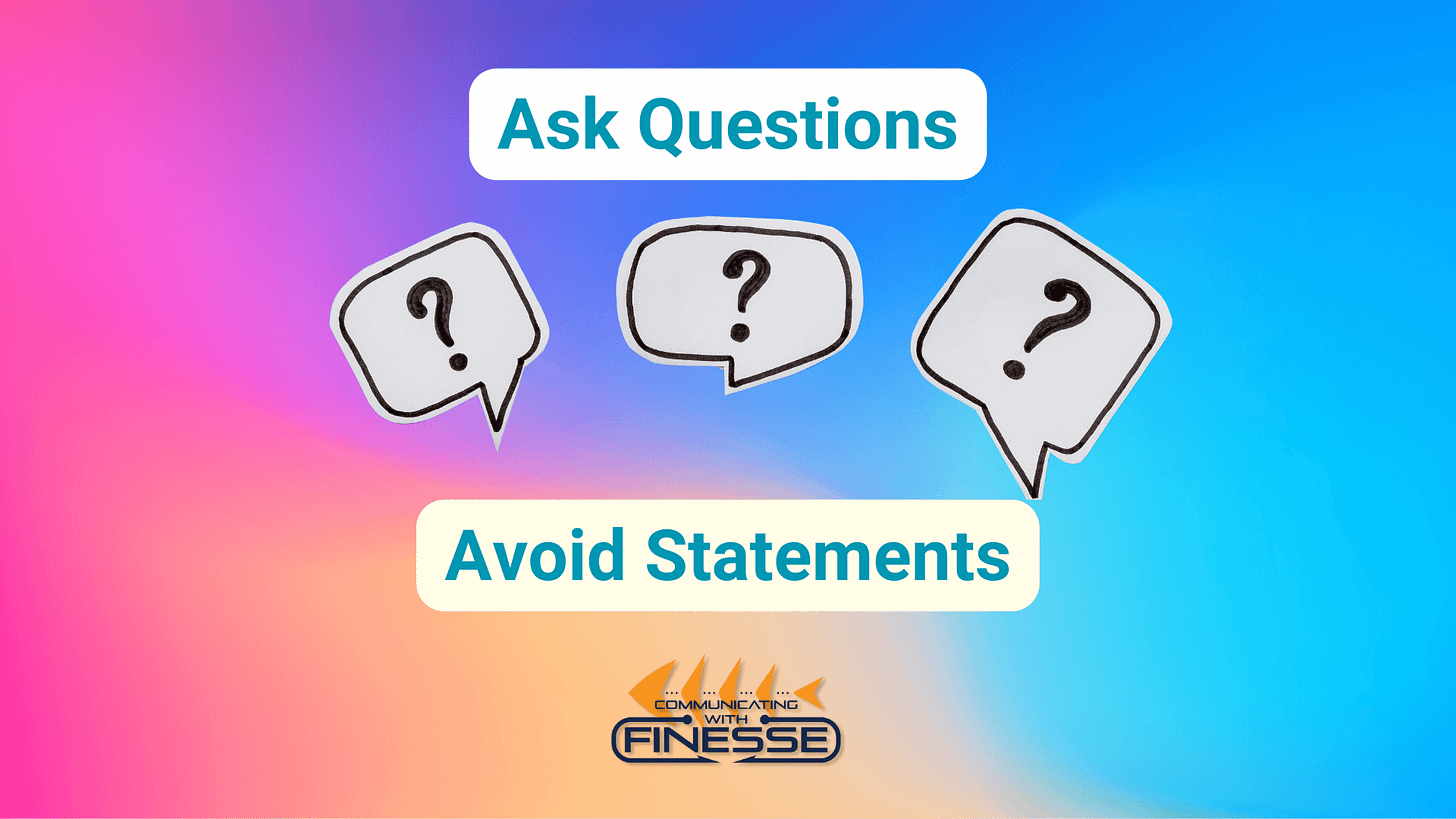Helpful Tips for Reducing Noise in Your Data and Big Presentations
Noise is anything that distracts or confuses your audience.
Communication isn’t just about getting your message out—it’s about making sure it’s understood. Every conversation, email, presentation, or report you deliver has to contend with noise. And no, we’re not just talking about a loud room or bad Wi-Fi. Noise is anything that distracts or confuses your audience, getting in the way of your message.
The good news? You can take steps to reduce that noise. Let's dive into some actionable tips for communicating more effectively based on noise reduction principles.
The Burden Is on You, the Sender
The first rule of effective communication: the responsibility falls on the sender. Whether you’re presenting data to your boss, explaining a concept to a friend, or emailing a client, it’s your job to:
Simplify the signal—make your key points stand out.
Respect your audience by meeting them where they are.
Be crystal clear in both what you’re saying and how you say it.
Remember, no one likes having to decode a message. Make it easy for your audience to understand you.
Three Ways to Cut Down Noise in Data
1. Be Consistent
Consistency is key in how you gather and present information. Just like a TV show’s plotline needs to make sense from episode to episode, your communication should flow logically. For example:
· If you’re sharing data, ensure it’s collected the same way each time.
· Use consistent formatting—think of headings, bullet points, or graphs.
2. Avoid "Fixing" the Data
Don't manipulate your message to fill gaps or make it look more appealing. People can spot when you're fudging the details; it only takes one misstep to lose credibility. Honesty is the best policy, even if the truth isn't perfect.
3. Use "Smoothing" Wisely
Techniques like averages or trends can help you simplify complex information. For example, a graph with moving averages can highlight long-term trends while filtering out short-term fluctuations. Just make sure you’re not hiding critical details.
Know the Sources of Noise
Noise can come from many places, but here are some common culprits:
a. Forms of Communication
Different audiences perceive messages in different ways.
For technical experts, use graphs or models.
For general audiences, keep it straightforward and relatable.
b. Communication Forums
The setting matters. For instance, a public speech requires more flair than a technical meeting. Tailor your style to the situation.
c. Overloading Sensory Channels
Trying too hard to be flashy can backfire. Don’t let fancy visuals or over-the-top language drown out your core message.
d. Patterns of Communication
In groups, the way information flows—whether in chains, circles, or networks—can create noise. Be strategic about how you share information within teams.
The "Respect Triangle"
To truly cut through noise, you need to respect three things:
1. Your Audience
Know who you're talking to and adjust your approach accordingly. Is your approach data-driven? Emotionally motivated? A mix?
2. Your Message
Keep it concise, clear, and honest.
3. Your Medium
Match the tone and format of your communication to the platform. (Think email vs. PowerPoint vs. a face-to-face meeting.)
Avoid Common Traps
When reducing noise, steer clear of these pitfalls:
1. Over-reliance on gimmicks
Flashy visuals, jargon, or excessive detail might impress some but alienate others.
2. Misjudging your audience
What works for one group may not work for another. Engineers don’t communicate like lawyers, and neither communicates like the general public.
3. Talking too much
Respect your audience’s time. Keep your message focused and actionable.
Real-World Examples
Think about public speaking. It's easy to get caught up in entertainment value, but a solid presentation balances style with substance. Techniques designed to impress a crowd often create noise if they overshadow your main points. Instead, focus on delivering concise, valuable information when working with complex problems.
Final Thoughts
Reducing noise in communication isn't just about getting your message across; it's about making sure it sticks. You'll cut through distractions and connect deeper by being consistent, honest, and audience-focused. Remember, the clearer the signal, the stronger the impact.
So next time you’re preparing a message, think about the noise. Then, turn down the volume and let your message shine through.
Weekly Communication Tip
Ask a Question – Avoid Making a Statement
There is nothing more powerful than a well-crafted question. Nothing shuts down a conversation faster than a statement.
See more at the link in the title.
CWF Presentation Reviews
Helpful comments will help you build your confidence in front of senior management or your board of directors.
The Tackle Shop contains resources to help technical professionals become better communicators and facilitators.
Visit the Tackle Shop.
YouTube Channel
Please subscribe to the CWF YouTube channel. And please let us know what you think about some of our new AI-generated videos (we write the scripts!).





